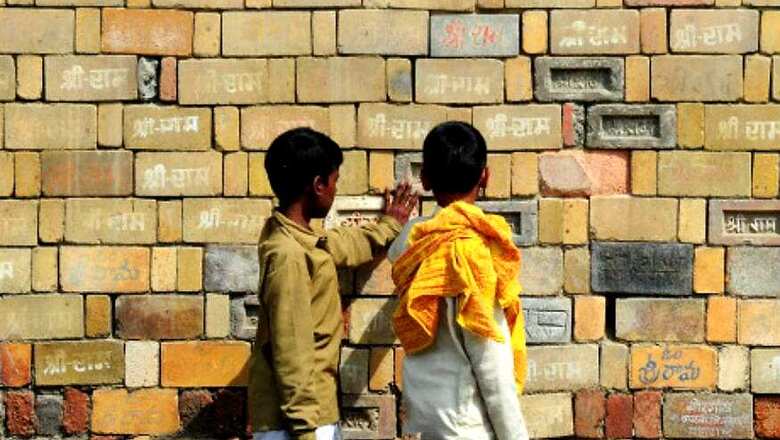
views
New Delhi: Although the five-judge bench in the Ayodhya case unanimously ruled in favour of Hindu parties for the disputed land, while ruling that Muslims will get five acres of land at a separate site, one unnamed judge has held that the three-domed structure was where Lord Ram was born and that Babri Masjid was constructed on the “janmasthana” (birthplace).
The apex court’s agenda was the issue of whether “the property in suit is the site of Janam Bhumi of Sri Ram Chandra” and whether “the building had been constructed on the site of an alleged Hindu temple after demolishing the same as alleged”.
On this, the final judgement said the “three-dome structure” was indeed the birthplace of Lord Ram in place of which a mosque was created.
“It was only during the British period that grilled wall was constructed dividing the walled premises of the mosque into inner courtyard and outer courtyard. Grilled iron wall was constructed to keep Hindus outside the grilled iron wall in the outer courtyard,” read the final judgement, underlining the “documentary and oral evidence” established in the case.
It added that it was because of the grilled wall that “worship and puja started in Ram Chabutra in the outer courtyard”. The suit of 1885, the judgement reasoned, was filed seeking permission to construct temple on the said place.
“Faith and belief on the Hindus as depicted by the evidence on record clearly establish that the Hindus belief that at the birth place of Lord Ram, the Mosque was constructed and three-dome structure is the birth place of Lord Ram,” said the judgement.
The Ayodhya title suit verdict came nine years after the 2:1 judgment of the Allahabad High Court that ordered a three-way division of the disputed 2.77 acres of land between the three parties — Ram Lalla, Sunni Waqf Board and the Nirmohi Akhara.
On September 30, 2010, the Lucknow Bench of the high court had held Hindus and Muslims as joint title holders of the disputed land.














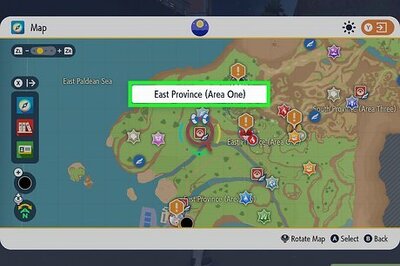
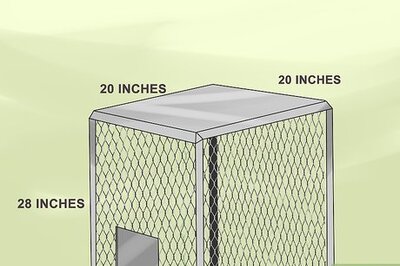
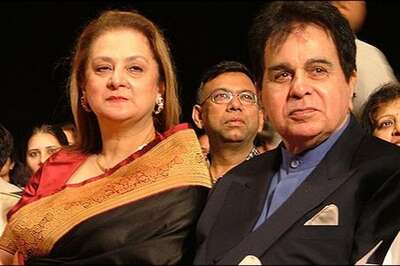
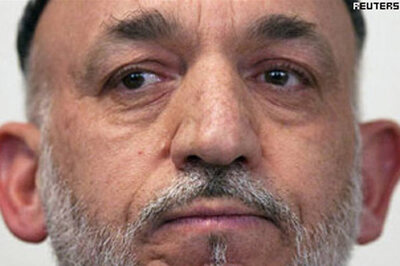
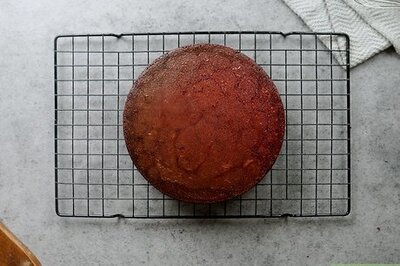
Comments
0 comment